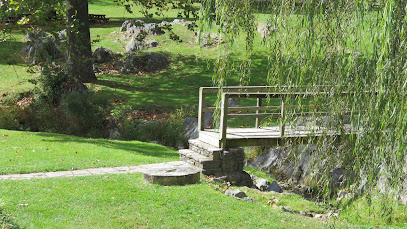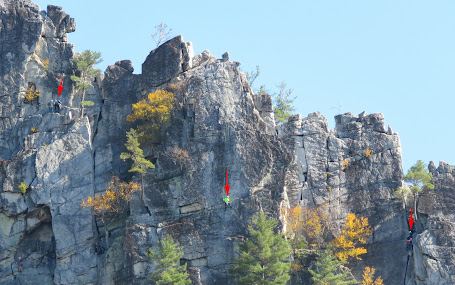On February 1, 1960 four black university students sat down at the lunch counter of the Greensboro, North Carolina Woolworth store and asked to be served. After their request was refused, they stayed in their seats until the store closed. The next day they were joined by twenty nine more students. By July the movement, which included boycotting Woolworth stores, had grown so big that the store manager was forced to quietly desegregate the lunch counter by asking four black employees to change out of their uniforms. sit at the counter, and order a meal. This broke the boycott and ended segregation in most Woolworth stores. While this was not the first effort to desegregate lunch counters the location is historically important because it inspired sit-ins in cities across the country and led to integration of lunch counters at Woolworth and other variety stores.
When the museum opened in 2010 it could be visited by guided tour only and the exhibits were designed for that purpose therefore visitors not going on a tour must first watch a movie which is basically a taped tour. The exhibits do not have much information and most of the audio video displays can be activated by a tour guide only. The main part of the museum is kind of congested with small dead end areas. I think this design may be to demonstrate the dead ends faced by black people but when large groups visit it gets very crowded. There are no directional signs so it's a little confusing if you're not taking a guided tour.. After exiting the movie theater go to the door on the left, go through that exhibit area and take the elevator to the first floor. The path through the main exhibits will return you to the museum entrance lobby. We were disappointed in the lack of information and do not recommend this museum when there are many others that are much better.
The museum is accessible.
The museum is in downtown Greensboro. We've found that weekends are the best time to visit cities. Parking is more plentiful and sometime on street parking is free. We found an accessible, free spot a couple of block south at the corner of South Elm and West Washington Street which was long enough for our RV. There are also pay lots fairly close to the museum where RVs will fit. The sidewalks and curb cuts are in good condition. Museum 36.07174, -79.7904














































